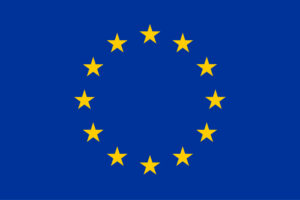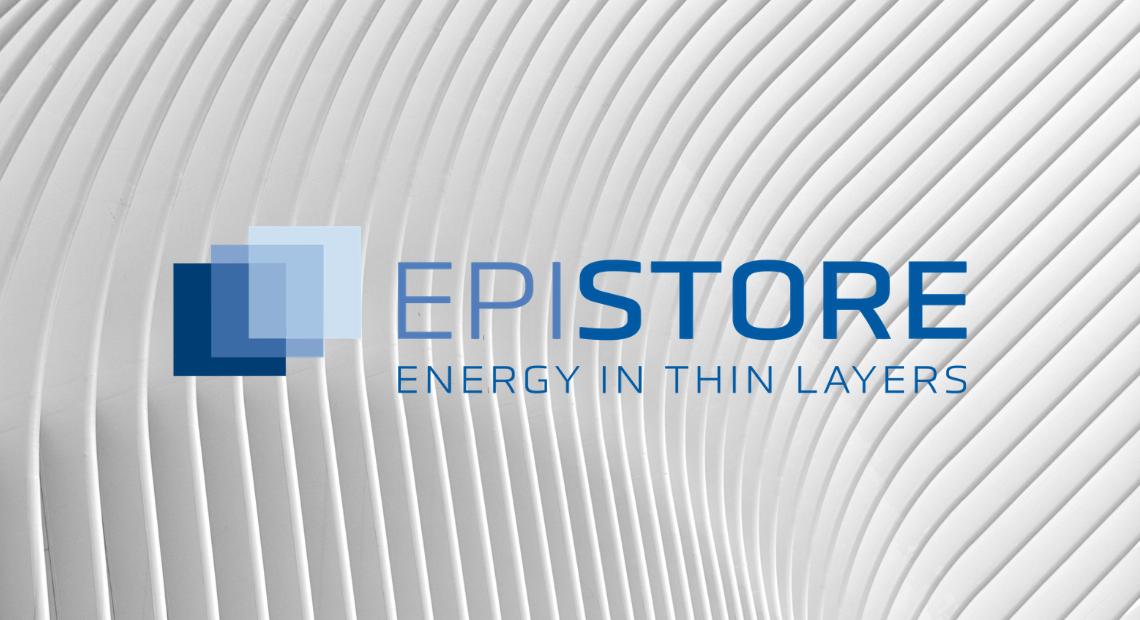In the last decades, advanced thin film technology has enabled a wide range of technological breakthroughs that have transformed entire sectors such as electronics and lighting by the implementation of outstanding nanoscale phenomena in reliable products that involve ultralow contents of critical raw materials. EPISTORE aims to revolutionize the energy storage sector by developing pocket-sized kW-range stacks based on thin film reversible Solid Oxide Cells that will be able to efficiently store renewable electricity for applications where the use of batteries is inefficient due to size constraints or long term storage requirements, e.g. off-shore power generation or transportation.
The EPISTORE project addresses this challenging objective by building an interdisciplinary research consortium that includes consolidated and emergent leading researchers in modelling, micro- and nano-technologies, materials science and energy together with high-tech pioneer SMEs that cover the whole value chain and possess unique capabilities to develop kW-range modular stacks for real applications. Moreover, the structure and communication strategy have been designed to make EPISTORE a lighthouse project for boosting this novel storage paradigm and building an innovation ecosystem founded on advanced thin films applied to energy technology.
The project involves 12 partners from all over Europe including IREC, The University of Cambridge, KIT, CSIC, The University of St Andrews, Imperial College, CNRS, RWTH Aachen, Johnson Matthey, Solmates, Solidpower and Hygear. The project is coordinated by Albert Tarancón, Prof. ICREA and head of the Nanoionics and Fuel Cells group at IREC. The project has a total budget of ca. 4.6 M€ and will run for 4 years. The kick-off meeting is held online today, February the 4th, 2021.
The project was highlighted in January 2021 by the European Commission, as EPISTORE sets a revolution in energy technologies. The news can be found here.
Additional information can be found on CORDIS and the official website of the project.
This project has received funding from the European Union’s H2020 research and innovation programme under grant agreement number 101017709.




